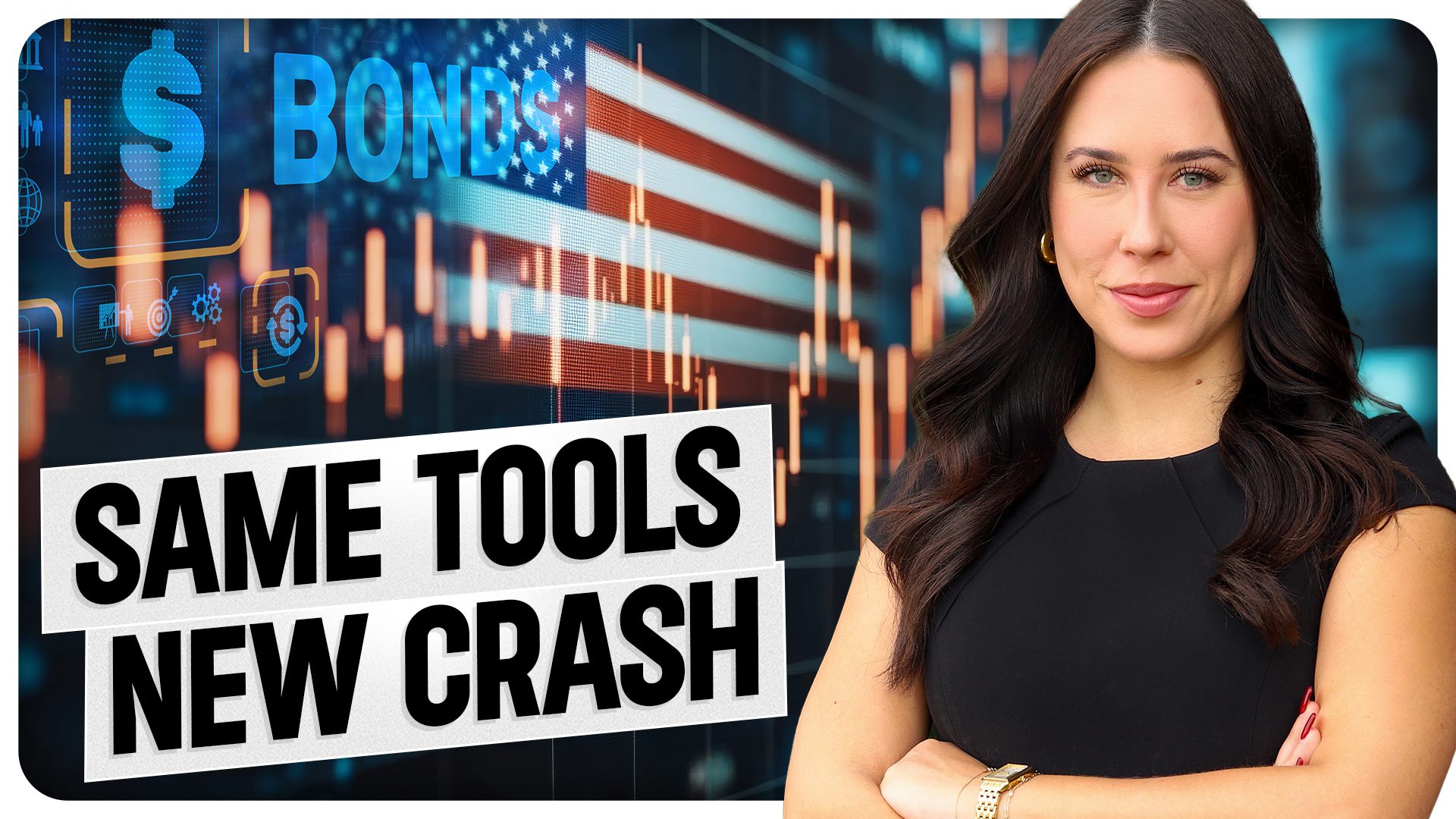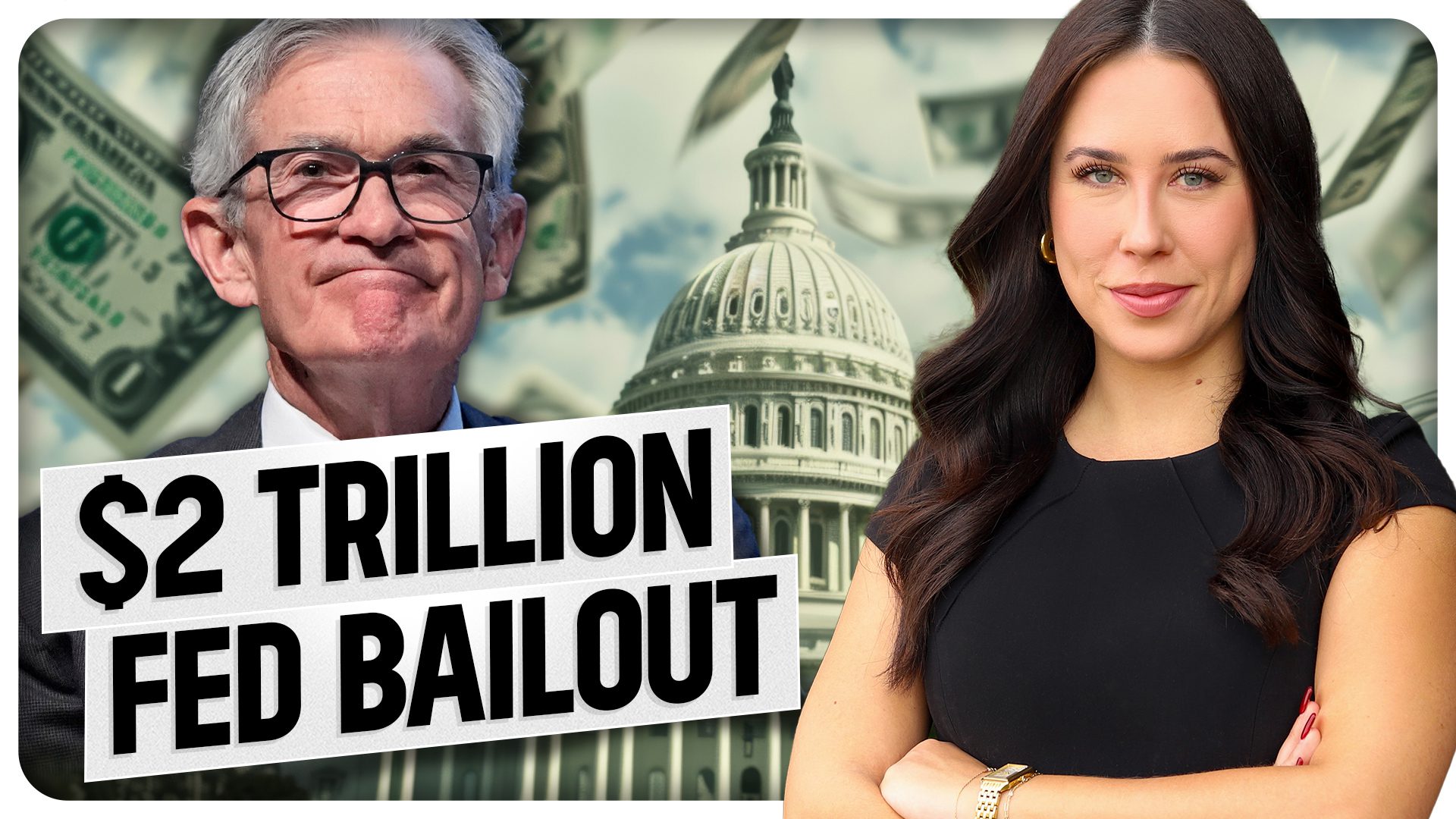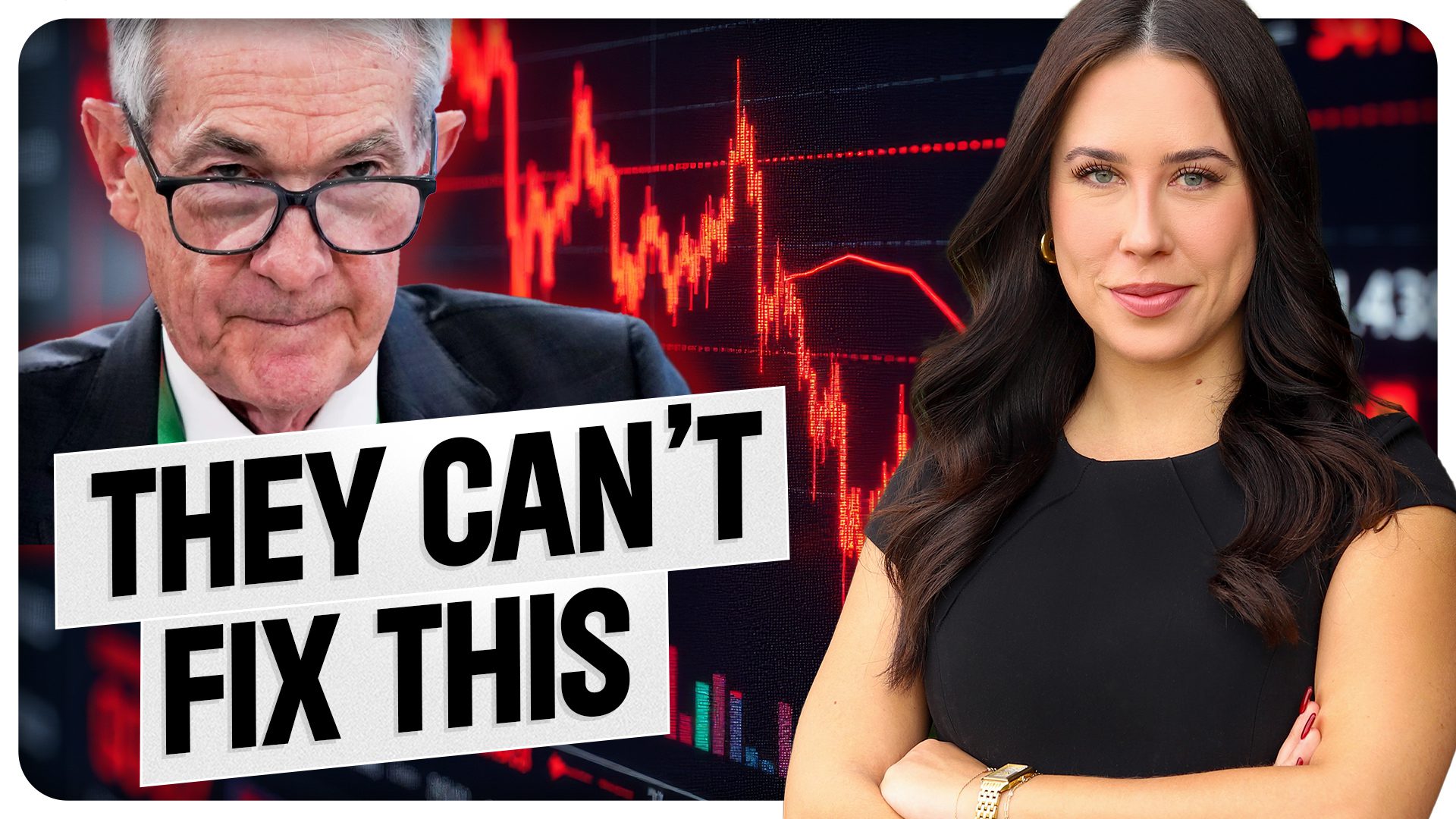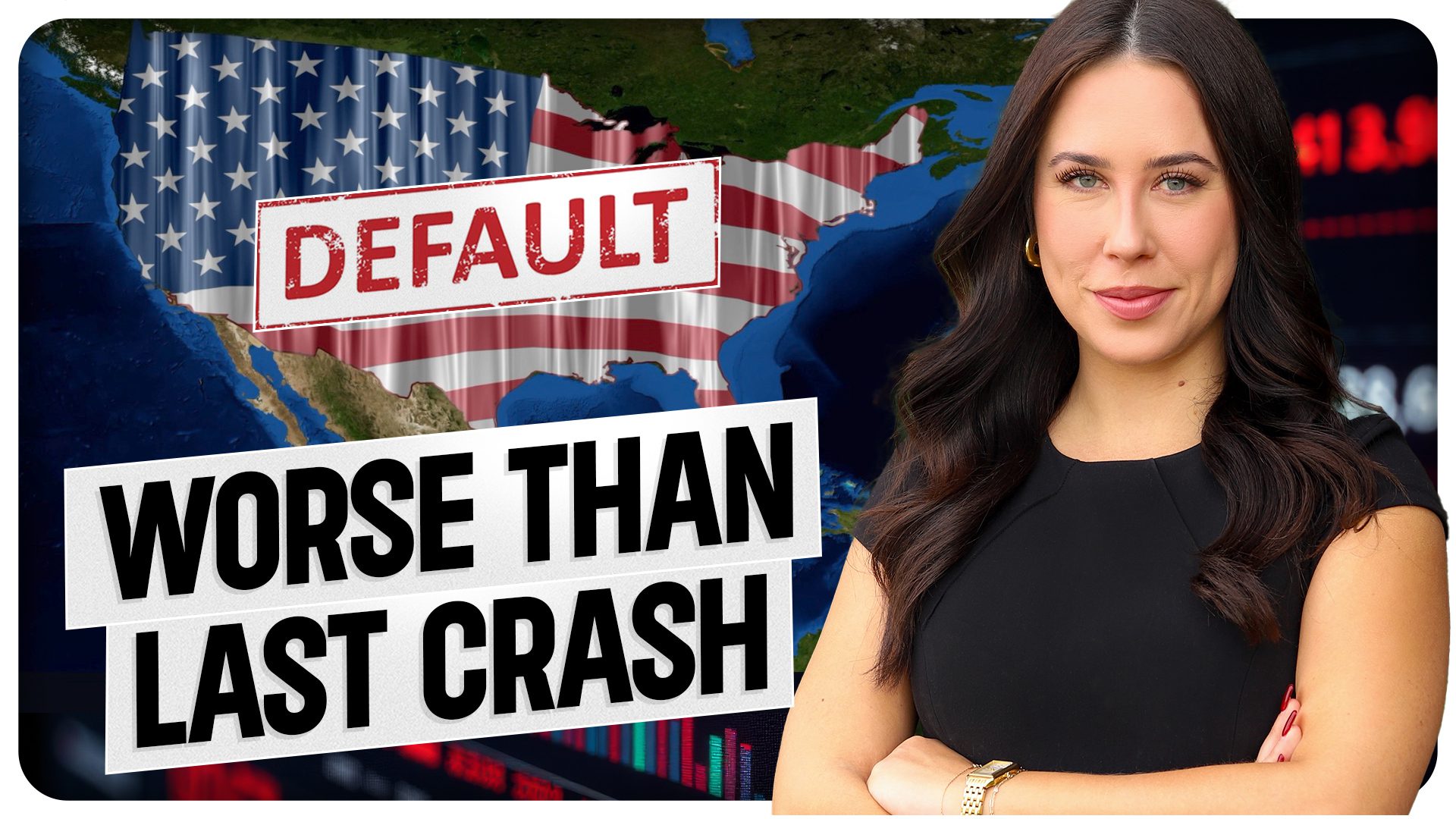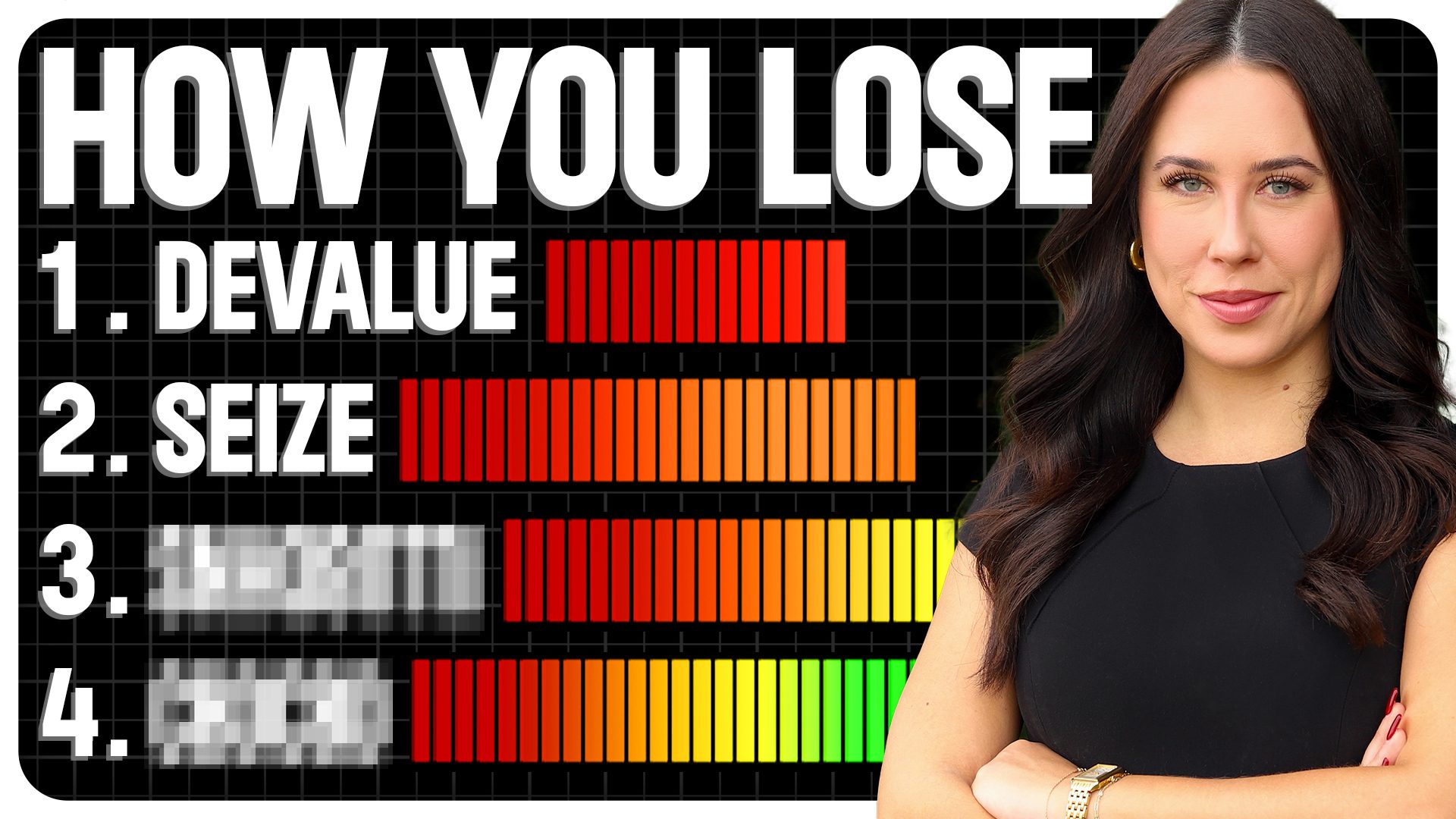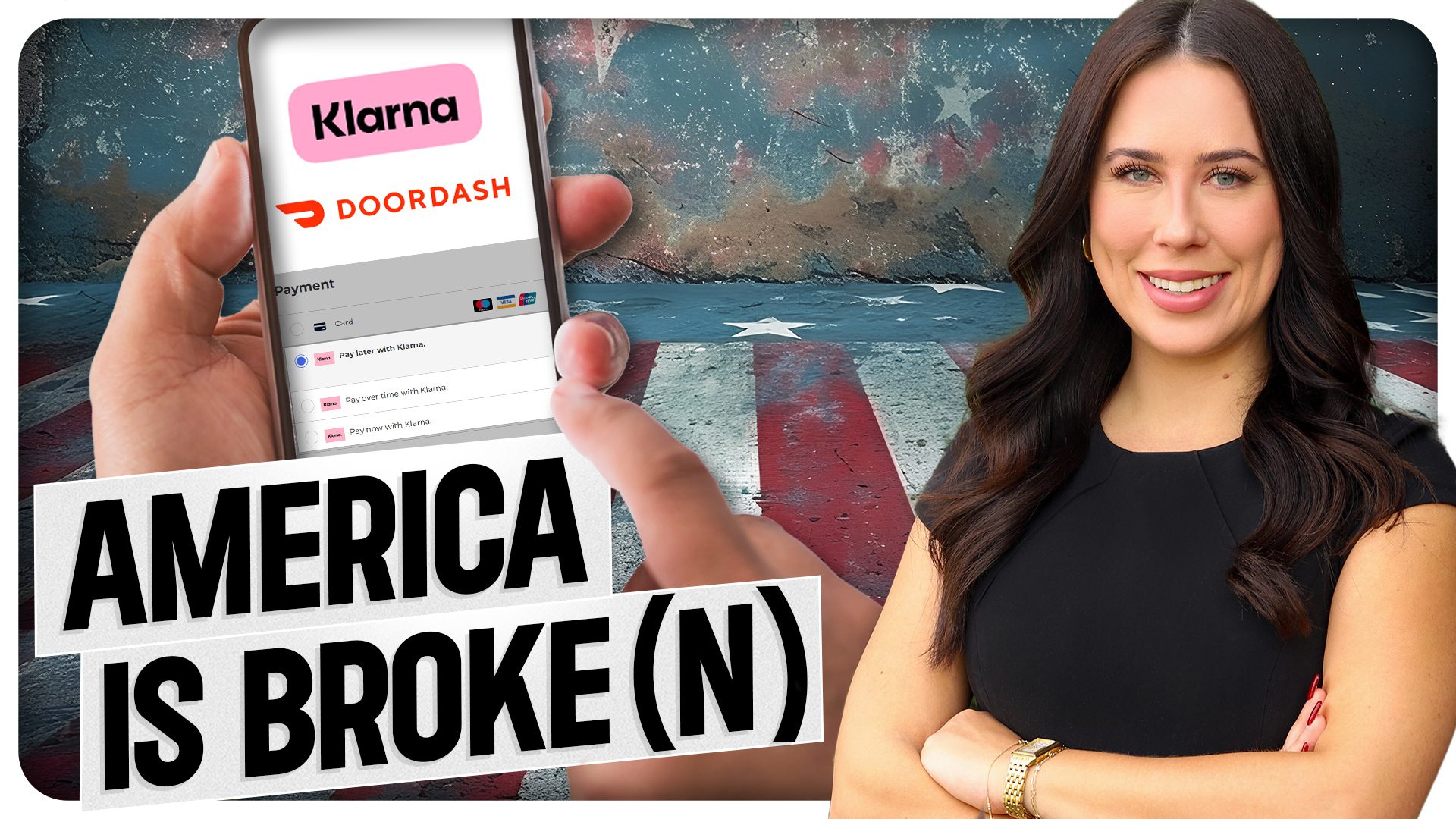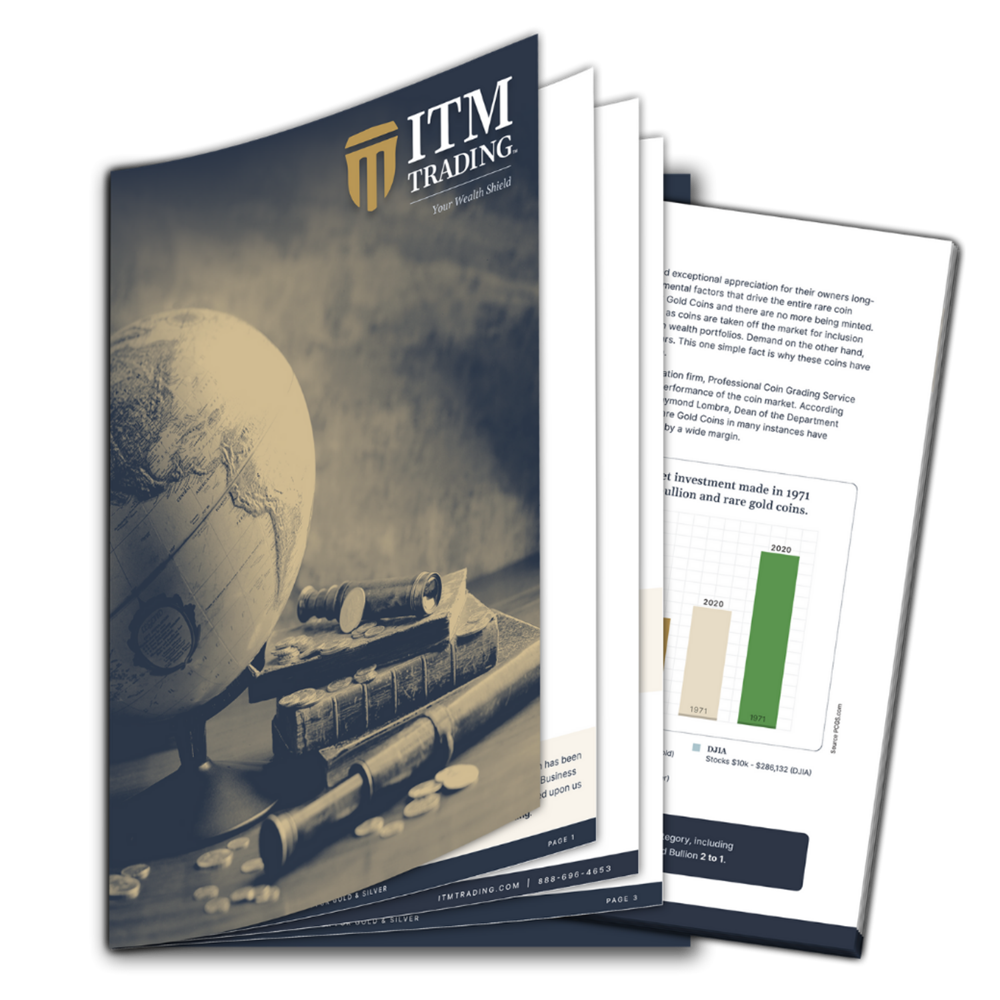Fed’s Stagflation Fears Rise as Tariff War Escalates
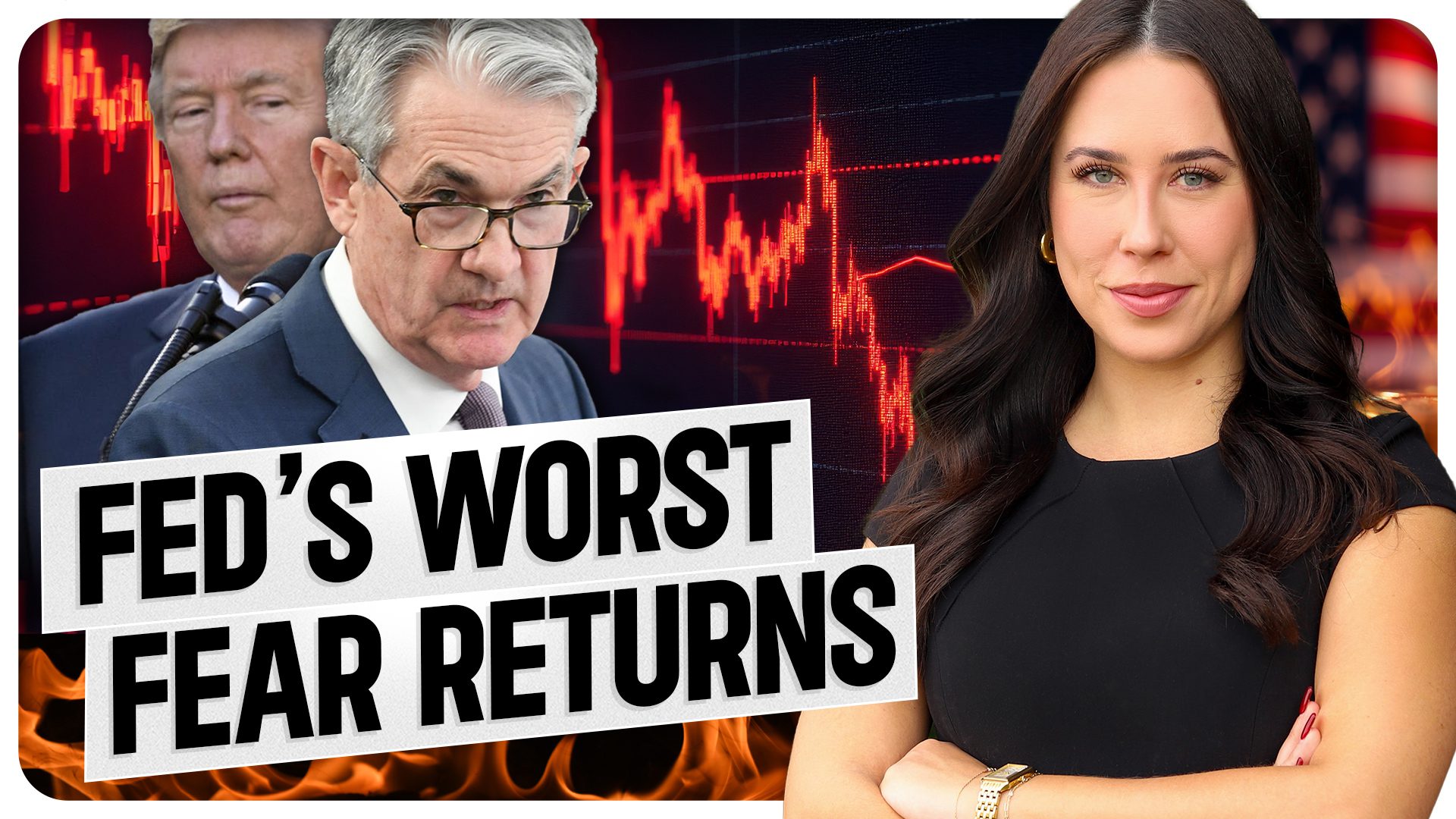
Stagflation once brought the U.S. economy to its knees—and now, the warning signs are flashing again. In the 1970s, it took 20% interest rates and years of economic pain to break it. Today, we’re seeing similar conditions: inflation that refuses to fade, a slowing economy, rising debt, and households stretched thin. In this video, Taylor Kenney explores the eerie parallels to the past, why economists fear stagflation could return—and what it would mean for your savings and future.
Understanding Stagflation: Then and Now
Stagflation occurs when inflation rises while economic growth slows and unemployment increases. It’s a paradox that challenges traditional economic theory. In the 1970s, most experts believed it was impossible to have both inflation and recessionary conditions at the same time. But that changed when President Nixon severed the dollar’s link to gold, enabling unlimited government spending and triggering economic instability.
Fast forward to today, and we see unsettling similarities. Inflation is still running above the Federal Reserve’s target. Unemployment is ticking up. GDP forecasts are trending downward. And yet, there seems to be no clear policy solution.
A Fragile Foundation
While some argue that today’s numbers aren’t as dire as the 1970s, the underlying economic structure is much more fragile. U.S. government debt has surpassed $36 trillion and continues to climb. Global supply chains are interconnected and vulnerable to shocks, such as trade wars and tariffs. And the average American household is far more dependent on credit, with savings depleted and the cost of living climbing.
In 1973, OPEC cut oil production, causing energy prices—and with them, inflation—to skyrocket. Meanwhile, unemployment surged, and economic growth stagnated. Grocery prices jumped 75% in just three months, and interest rates had to be pushed to 20% to finally tame inflation—at the cost of millions of jobs and a 50% loss in the stock market’s real value.
Today’s triggers may differ, but the outcome could be even more severe.
Modern Catalysts for a Historical Crisis
During the COVID-19 pandemic, the U.S. government injected trillions into the economy while the Federal Reserve slashed interest rates to near zero. Though these actions temporarily boosted spending, they ignited inflation that has proven far from transitory.
Now, we face self-inflicted economic wounds. Trade wars, tariffs, and regulatory burdens act as modern-day supply shocks. At the same time, consumer demand is slowing, delinquencies are rising, companies are collapsing, and unemployment is quietly climbing.
This is the classic setup for stagflation.
Why This Time Could Be Worse
Unlike the 1970s, we no longer have a gold standard to abandon. But the risks today are deeper. We stand on a mountain of unsustainable debt, and our economy is more interconnected and fragile. Policies designed to stimulate growth may only worsen inflation, while attempts to tame inflation could crush what little economic momentum remains.
The Federal Reserve is caught in a lose-lose scenario: Cut rates too soon, and inflation surges again. Raise rates further, and the economy contracts faster.
Protecting Your Wealth Amid Stagflation
The last time America faced stagflation, one asset stood above the rest: gold. In 1971, gold was priced at $35 an ounce. By the end of the decade, it had soared to over $800. This wasn’t speculation—it was protection. As the U.S. dollar lost half its purchasing power, those holding gold preserved their wealth.
At ITM Trading, we believe in preparing for uncertainty with tangible, time-tested assets. Gold isn’t a get-rich-quick strategy; it’s an insurance policy. It doesn’t require you to predict the future perfectly—it only requires you to recognize the risks of inaction.
THINKING ABOUT PURCHASING GOLD & SILVER? Get expert guidance from our team of analysts with 28+ years of experience. Schedule a free Q&A 👉 SCHEDULE YOUR CALL HERE or call 866-351-4219.
“The ITM team offers something unique—direct, personal guidance. What stood out to me right away was that they weren’t just focused on making a sale. Instead, they took the time to build my understanding of the function and value of precious metals.” — Gary P. [Verified Google Review]
